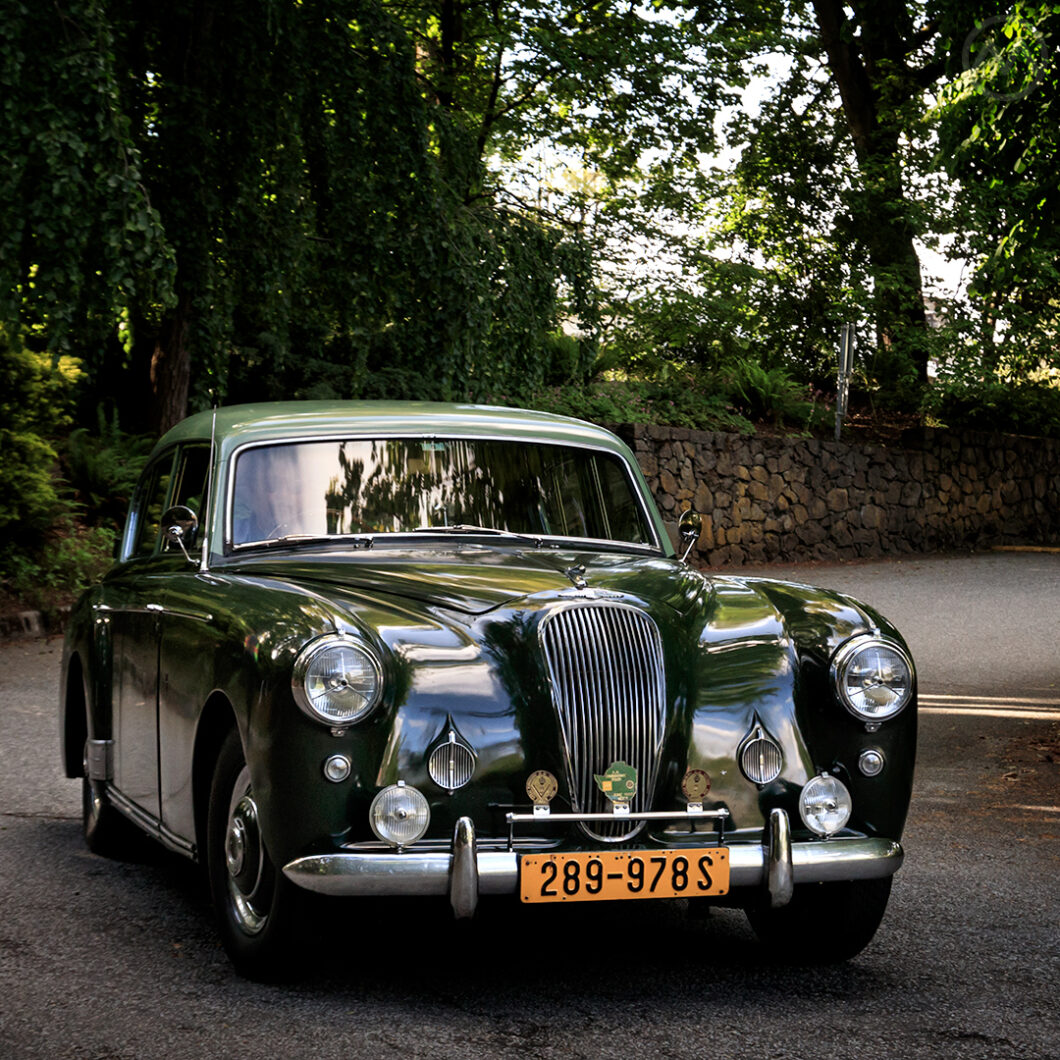The Lagonda make goes all the way back to 1900, though its official founding was in 1906. Today, it’s most associated with the 1976-1990 Aston Martin Lagonda, William Towns’ wonder wedge supersedan, although more recently, the name reappeared on the megabuck exotic Taraf. But the car seen here is from an earlier era, the David Brown times. Only 270 examples of the Lagonda 3-Litre were made as the make faded under Aston Martin’s ownership, but they were remarkable cars in their day.
Some readers might be surprised to learn that this very British make, famous for its connections to W.O. Bentley, David Brown and Aston Martin, was founded by an American expat, Ohioan Wilbur Gunn, and that the name is a French derivation of the Native American name for a creek in Gunn’s native Springfield (Buck Creek, about 15 miles east of Dayton).
The Early Lagondas
Gunn built his first primitive motorcycle in 1898, and the first Lagonda in 1900, but the company wasn’t a formal concern until 1906, operating out of a converted greenhouse in Staines, not far from where today’s M3 and M25 meet near Egham. The founder parlayed race-winning motorcycles into investment and a car design, the original 20HP Lagonda.
Rallying and racing success followed in the early years and a victory on the grueling Moscow-St. Petersberg Rally in 1910 earned the firm the business of Tsar Nicholas II, which also exposed the cars to other Royals and Nobles, but the company turned to armament manufacture during most of WW1 and Gunn, who reportedly worked himself sick during the war, died in 1920.
After that, the all-British board of directors, led by Colin Parbury, took control and set about continuing the original mission. In the 1920s and 1930s the company grew and took on opponents from Crossley (from whom they sometimes bought engines) to Bentley, Alvis, Napier and Invicta.
Ever-faster and more sophisticated road and track products (at one point the company offered a car with a Maybach Doppelschnellgang-Getriebe gearbox with eight forward speeds) led to a good reputation, culminating in a LeMans win in 1935, but the company’s financial footing was always weak and by then it was just about out of money.
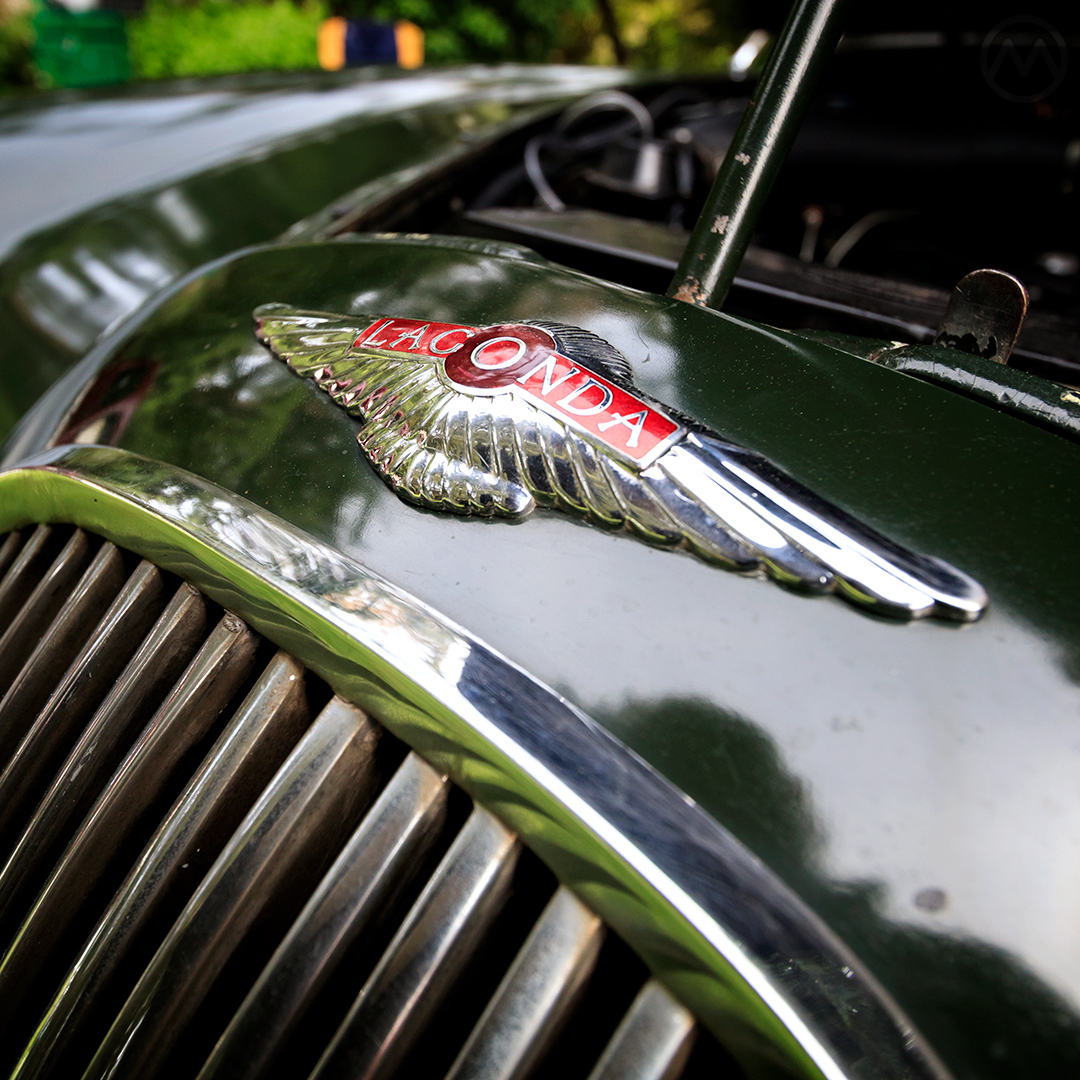
Businessman Alan Good saved the company from bankruptcy that year and convinced W.O. Bentley to defect from Rolls-Royce. As Bentley was deeply unhappy with how Rolls had sidelined him and much of his staff, it didn’t take much convincing.
Bentley and his team of engineers, including Frank Feeley, Stuart Tresillian, Willie Watson and Charles Sewell, created the last truly legendary independent Lagonda, 1937’s V12, but the company was again on the rocks by the end of WW2.
Enter David Brown. Brown had bought Aston Martin for a song only a few months prior, and his ownership would resuscitate both makes. He was a natural fit for running both companies and had the resources to not care that they weren’t all that profitable.
Keen on speed from a young age, he started with motorcycles and moved on to race cars in the mid-1920s, designing his own car and racing modified Vauxhalls, but in the 1930s much of his time was spent growing the family business, which made gears, gearboxes, machine parts, and from 1936: farm tractors.
War income and tractors made the already-wealthy Brown much richer, but he also had an eye for bargains and potential. Days after making inquiries about Aston’s fire sale in 1946, he was driving Aston’s Atom prototype and bought the company for £21K. But Aston did not really have a proper modern powerplant that Brown liked.
When Lagonda came up for sale by the receiver, Brown spied an opportunity.
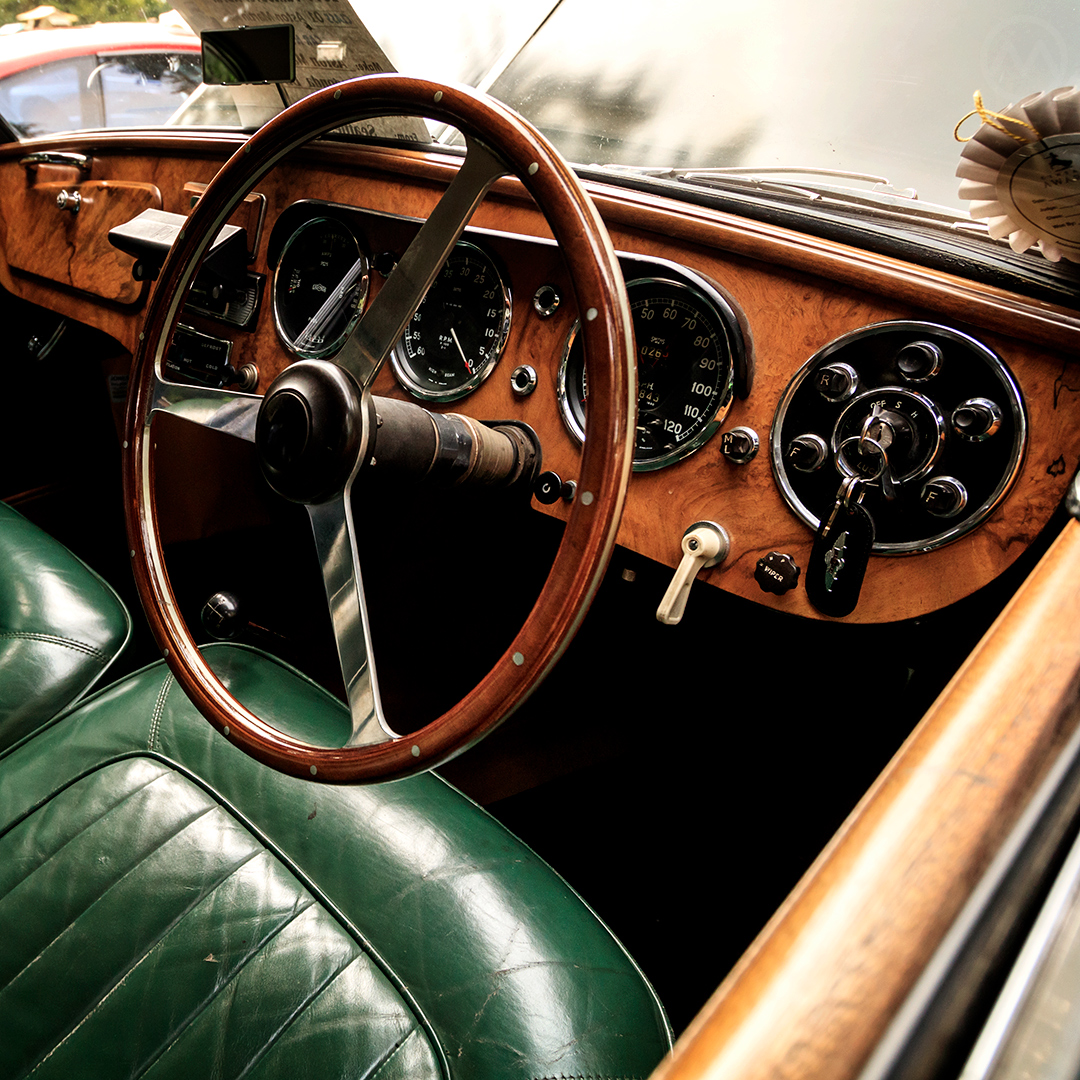
David Brown and the Lagonda 3-Litre
Jaguar, Rootes Group and Armstrong-Siddeley were all interested in picking up Lagonda’s dream team and patents in 1947 and the liquidators wanted £250K. Fortunately for Brown, internal concerns at all three firms caused them to bow out of the bidding, leaving him to pick up the company for a mere £52K, though the old factory at Staines was not included in the sale.
The real value was in the engineering staff and the designs, in particular, a new twin-cam straight-six Bentley the team had designed for a postwar Lagonda. This engine became the heart of the early DB-series Astons, but Brown also authorized new Lagondas based on Bentley’s designs, starting with the 2.6-Litre.
Bentley himself did not stick around, instead being hired away to Amrstrong-Siddeley to design what became the Sapphire (though his design was much watered down in the end as it was too costly to build)
The 2.6 was quite a keen handler for what was really a big and plush luxury car, thanks mostly to its fully independent suspension, with coil springs up front and torsion bars out back. At that time, cart springs in the back were still the norm, even on very expensive cars. More than 500 2.6s were made from 1948 to 1953, but by then, the DB-Series Astons were well established, and the Lagonda looked dated even if it didn’t drive that way.
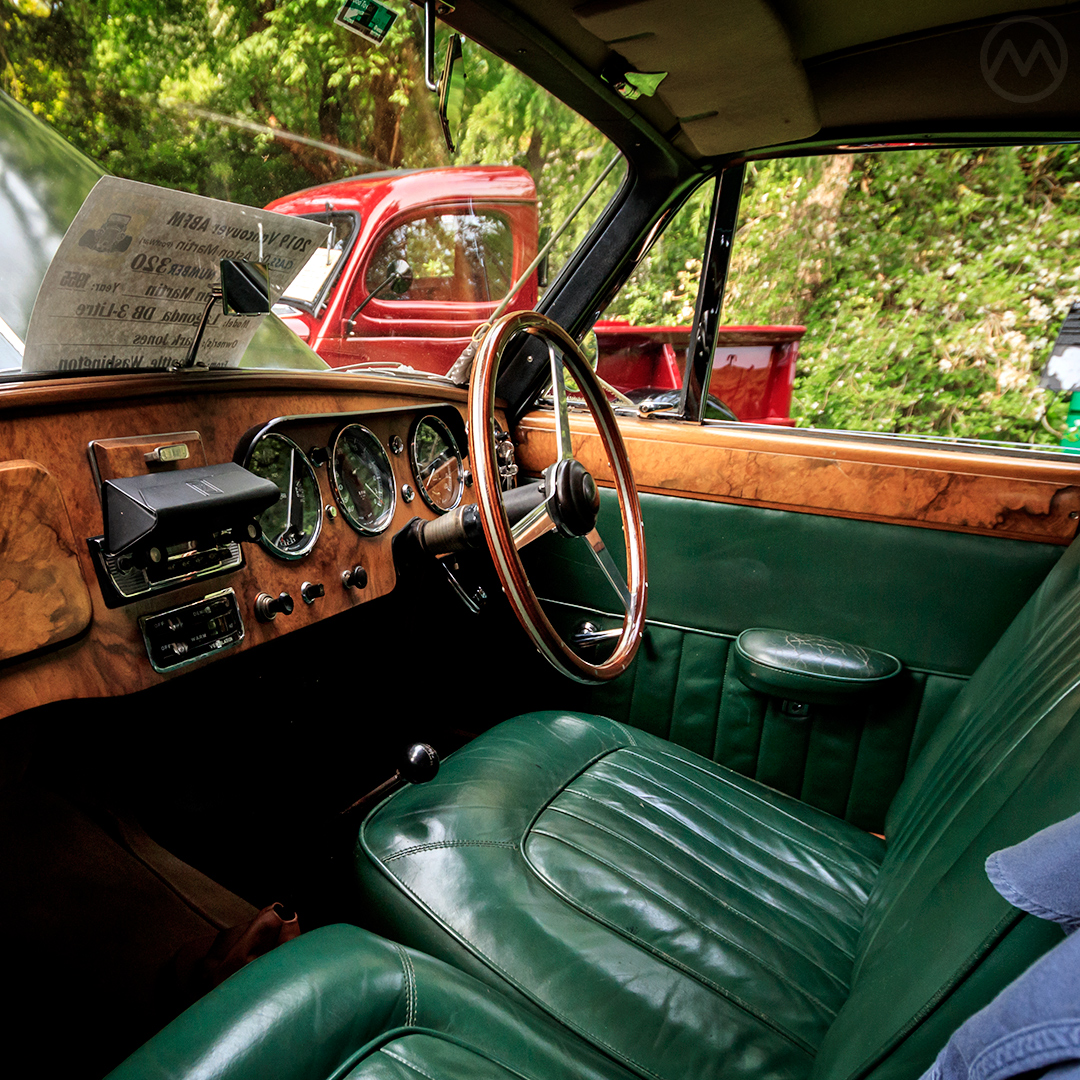
Brown’s solution was to have Lagonda greatly update the 2.6 into a more modern-looking car that could also capitalize on the high-profile DB Astons, hence the Lagonda 3-Litre, sometimes called the “DB 3-Litre” or usually just “the 3-Litre.” It reclothed the same basic chassis in a modern envelope body with clear allusions to the Astons and debuted in mid-1953.
Again, it was sophisticated, with 140 horsepower on tap from the enlarged six, rack and pinion steering, vast Lockheed drum brakes, and fully independent suspension. While most were sedans like this one, the company also offered Coupes and Convertibles (dropheads) done by another David Brown subsidiary, Tickford. It was one of these that earned the car its most famous patron, Prince Philip the Duke of Edinburgh.
But while HRH the Prince might have liked them, the 3-Litre seemed to fail to excite British Plutocrats more generally, and Lagonda was hardly marketed. Sales trailed off as the fifties went on and production of Lagondas ceased altogether in 1958.
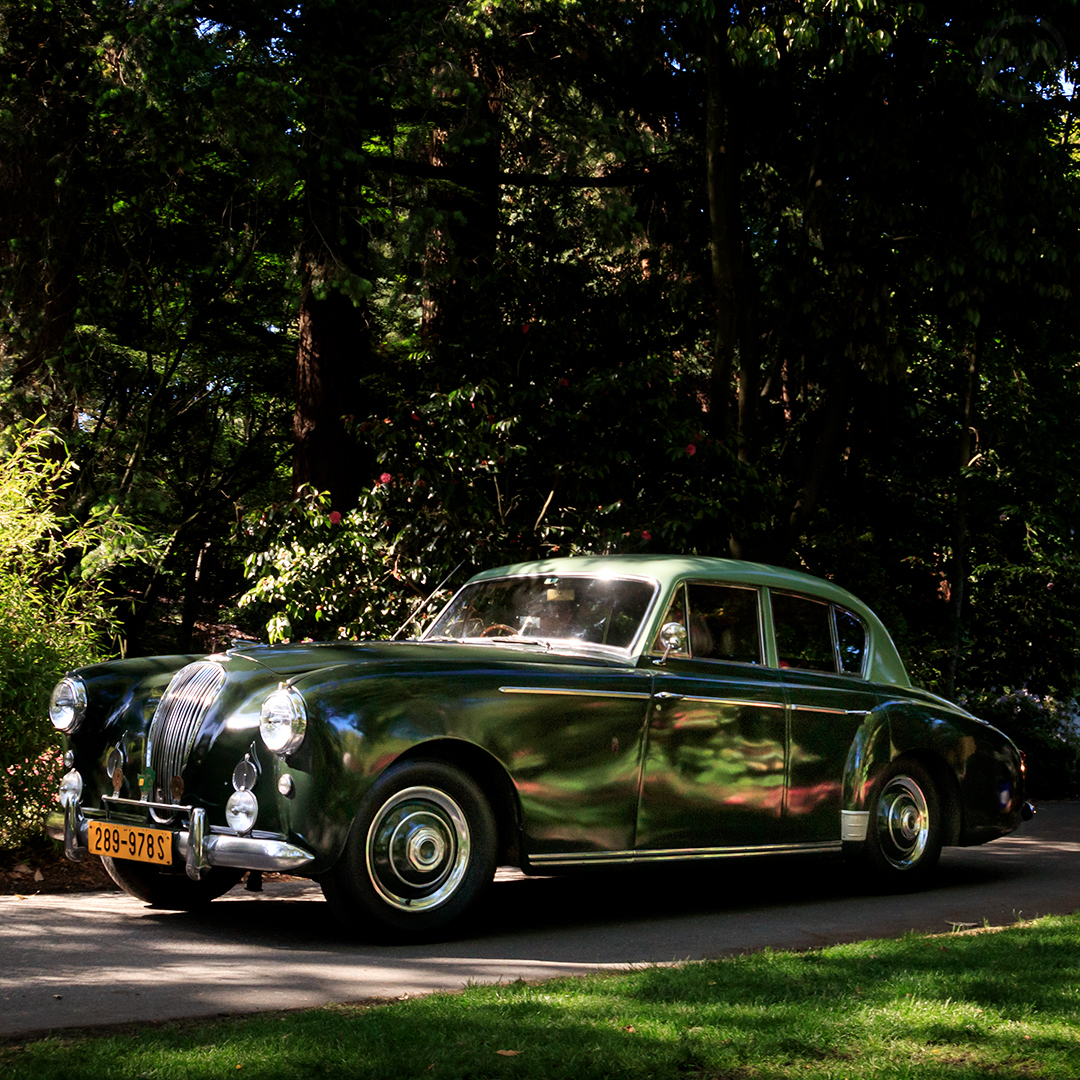
The Revivals
Lagonda did not field another car until the Rapide in 1961, derived from the newer DB4, but that also proved an unpopular also-ran even if it was actually quite a nice car overall and easily a match for the later Tipo-AM107 Maserati Quattroporte and Facel Vega Excellence.
This was not the end, however.
The make offered a small number of modified four-door DBS-based sedans in the late 1960s and early 1970s before returning as the “Aston Martin Lagonda” in 1976, with the wild William Towns version (easily the most popular and well-known Lagonda product of all time today). That model was built until 1990 but not replaced when Ford bought the company. The Taraf, a megabuck exotic based on the DB9 and Rapide, was built in 2015-2016 but is largely forgotten even now.
We spied this lovely green Lagonda 3-Litre at the 2019 Vancouver All British Field Meet.

